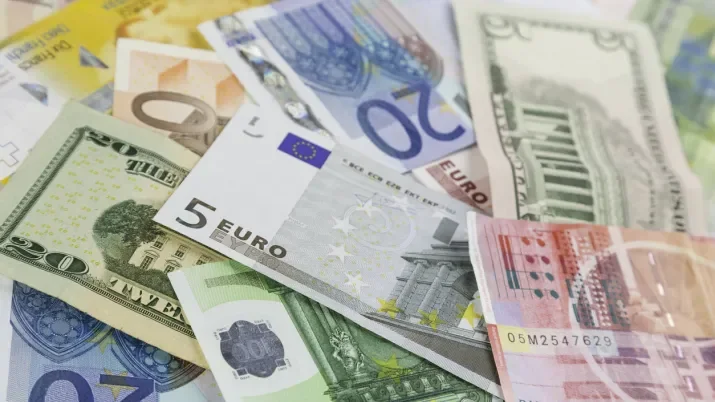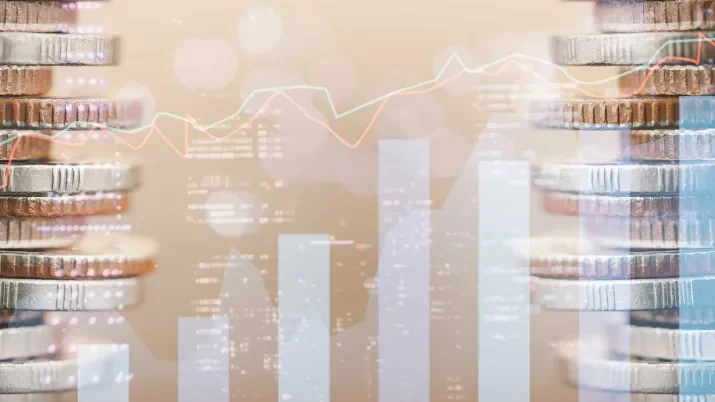The goal of income investing is to ensure that your portfolio generates a steady source of revenue regardless of market conditions.
Inflation is widely understood to be bad for bonds.
Fundamentally, this is because inflation erodes the value of the coupon and principal payments that fixed rate bondholders receive in the future. If you buy a $100 five-year bond today with an annual coupon of 5% at par, then when the bond matures in five years’ time you will have $127.62 (this assumes your coupons are reinvested at the purchase yield). However, if annual inflation has been running at 3% over that five-year period, then the purchasing power of your $127.62 has been reduced to $110.09 at current prices.
From a portfolio management perspective, the more pertinent challenge of high inflation is that it tends to provoke interest rate hikes, which can lead to poor performance in all kinds of fixed rate assets, from US Treasuries to high yield bonds.
On the face of it, inflation-linked bonds would appear to be a simple solution to this problem. As the name suggests, inflation-linked bonds, such as Treasury Inflation Protected Securities (TIPS) in the US or Index-linked Gilts (or ‘linkers’) in the UK, are designed to protect bondholders from inflation by adjusting the principal value of the bond to account for the prevailing inflation rate.
If our $100 five-year bond above was inflation-linked, then both its principal value and coupons would be adjusted upwards by 3% per year, resulting in a real return of 5%. This would be the same as saying a total return of inflation plus 5%.
However, inflation-linked bonds are no silver bullet.
Inflation-linked bonds are still bonds, which means just like conventional US Treasuries, TIPS prices tend to fall as interest rates rise. TIPS have the advantage of their inflation-adjusted principal, but when inflation expectations are high, a fall in price can more than cancel out the positive impact of the principal adjustment.
As an example, in the 12 months to August 2022 US inflation was 8.3%. As you’d expect, conventional US Treasuries performed pretty poorly against that backdrop, with 2022 year-to-date total returns of -10.10% as of August 311. However, TIPS didn’t perform much better over the same period, with YTD returns of -7.14%2. Like most fixed income instruments in 2022, TIPS prices tumbled as investors began to expect increasingly aggressive rate hikes from the Fed; the inflation protection helped TIPS holders versus conventional USTs, but the duration component of TIPS was still enough to ensure negative total returns.
That said, in a developed economy such as the US, rising inflation expectations are usually accompanied by a bear steepening of the government bond yield curve (where long end yields rise faster than short end yields). If the nominal yield curve is bear steepening, then shorter dated TIPS can deliver positive returns as the inflation adjustment is more likely to outweigh the price impact at the short end of the curve.
In general, then, there is no guarantee that the total return on TIPS will be positive in an inflationary environment; they should merely exhibit a positive return relative to the corresponding Treasury note. However, even this statement is not guaranteed as total returns will depend to a large extent on the inflation expectations component at both the beginning and the end of the period in question.
1. ICE BofA US Treasury Index, 31 August 2022
2. ICE US Treasury Inflation Linked Bond Index, 31 August 2022

Fixed Income 101: Income investing

Fixed Income 101: Comparing yields in different currencies
Fixed income managers always want to have the flexibility to look for the best value across their investment universe, and in our view they therefore need the capacity to buy bonds in different currencies.

Fixed Income 101: Roll-down

Fixed Income 101: Trading ABS and CLOs

Fixed Income 101: Hedging currency risk
Hedging currency or foreign exchange (FX) risk is a key decision for any manager running a diversified fixed income portfolio. Currencies are inherently volatile, so whether and how FX risk is managed can have a material impact on a portfolio’s risk and return profile.
